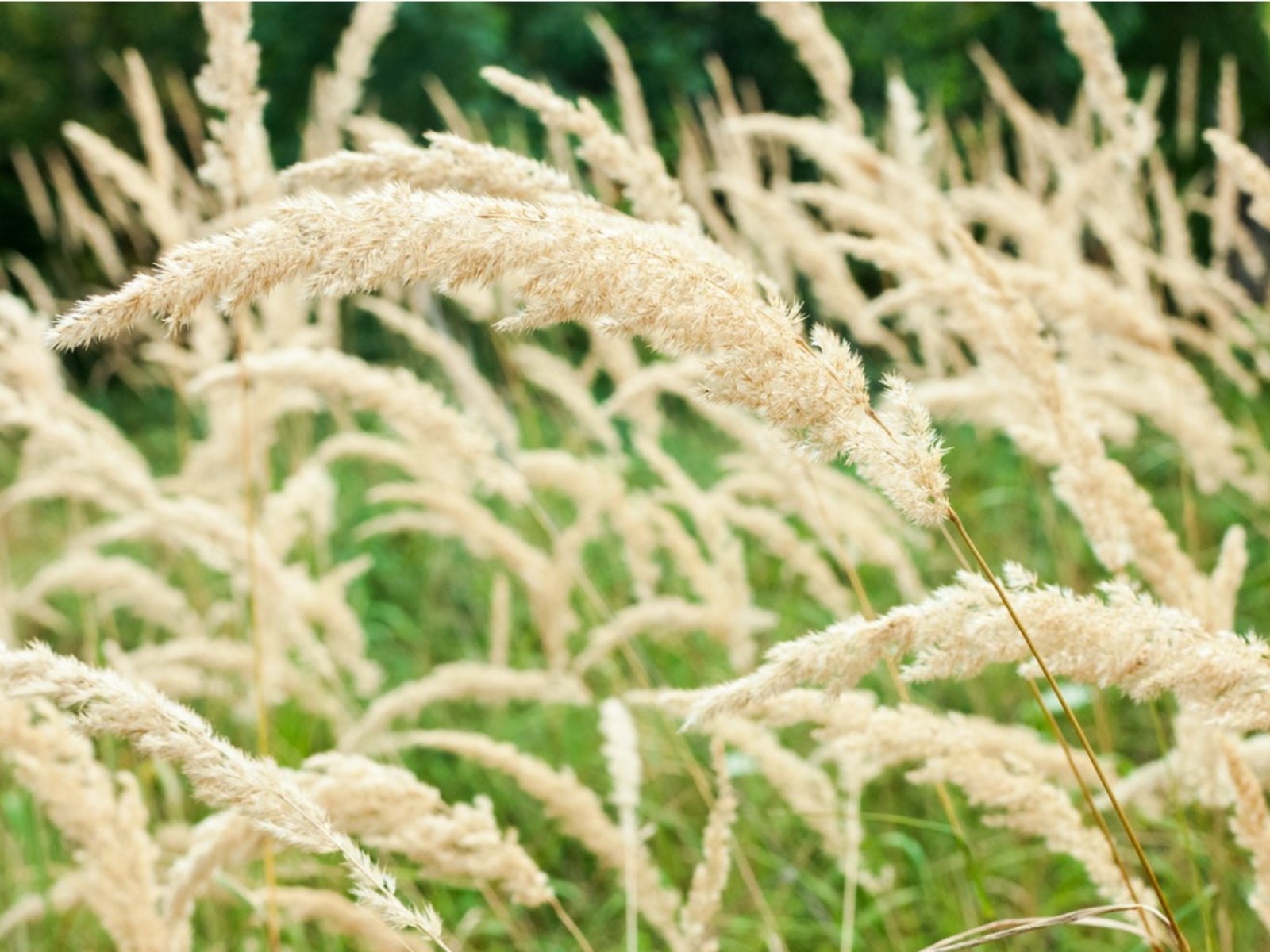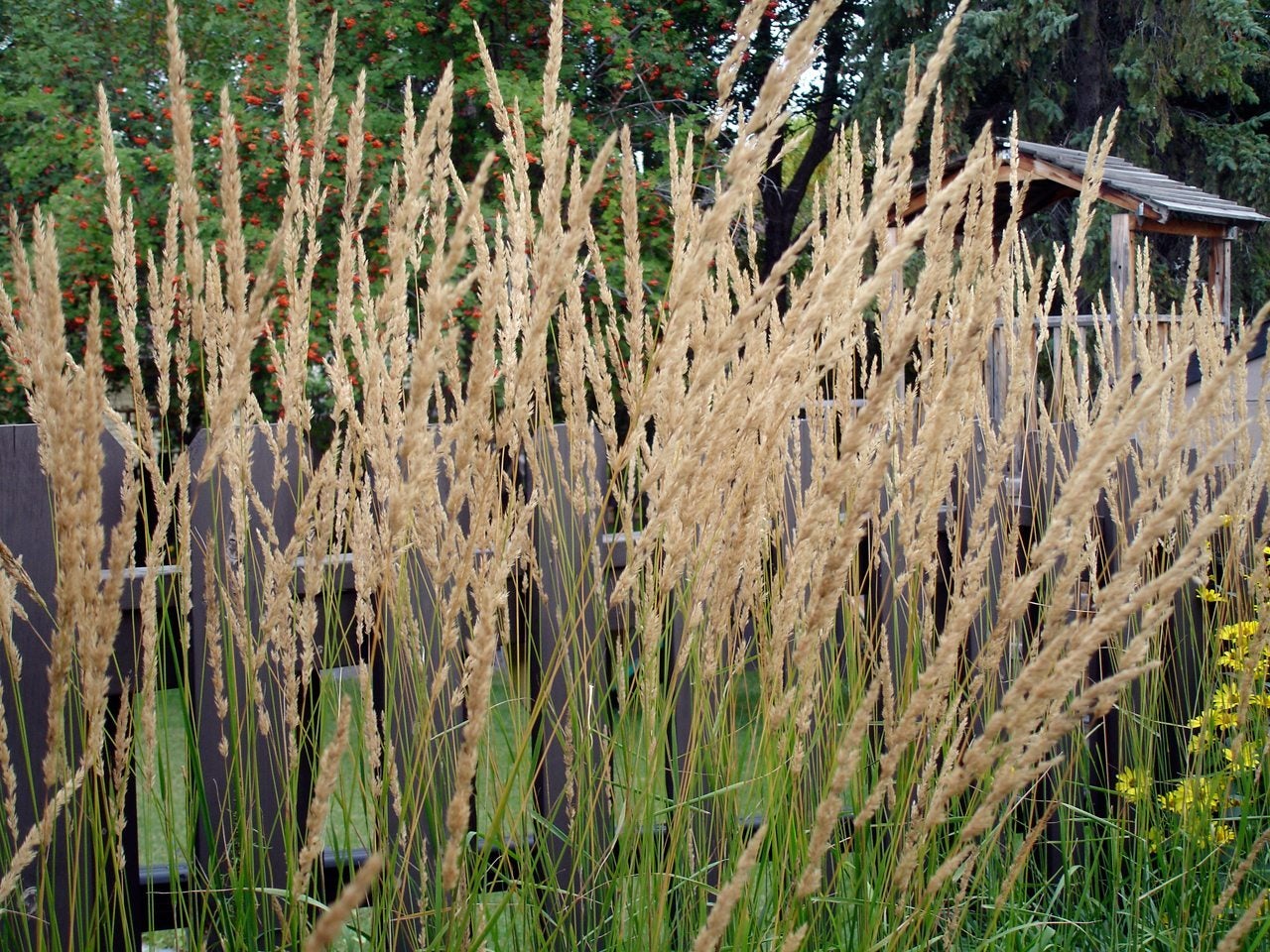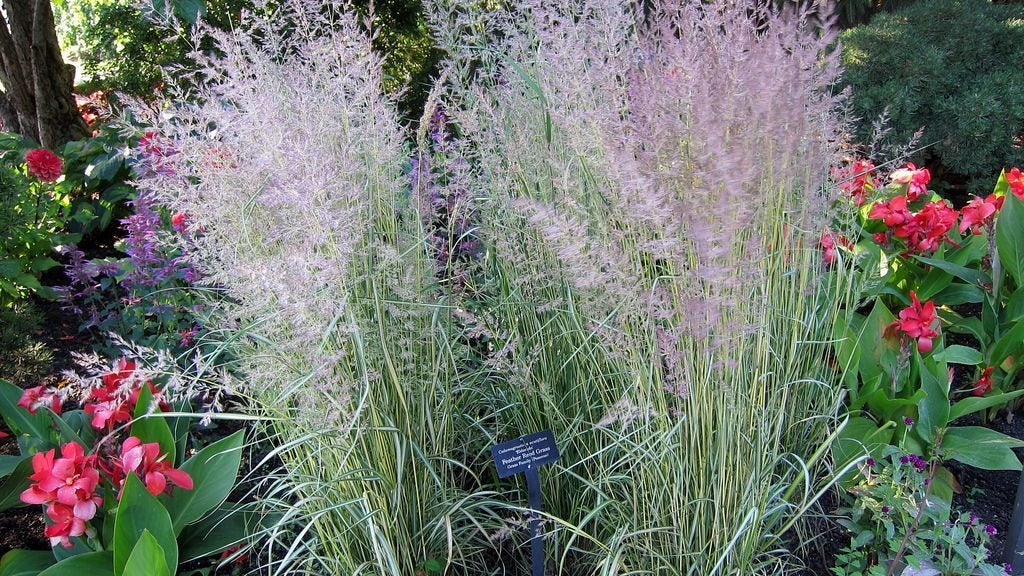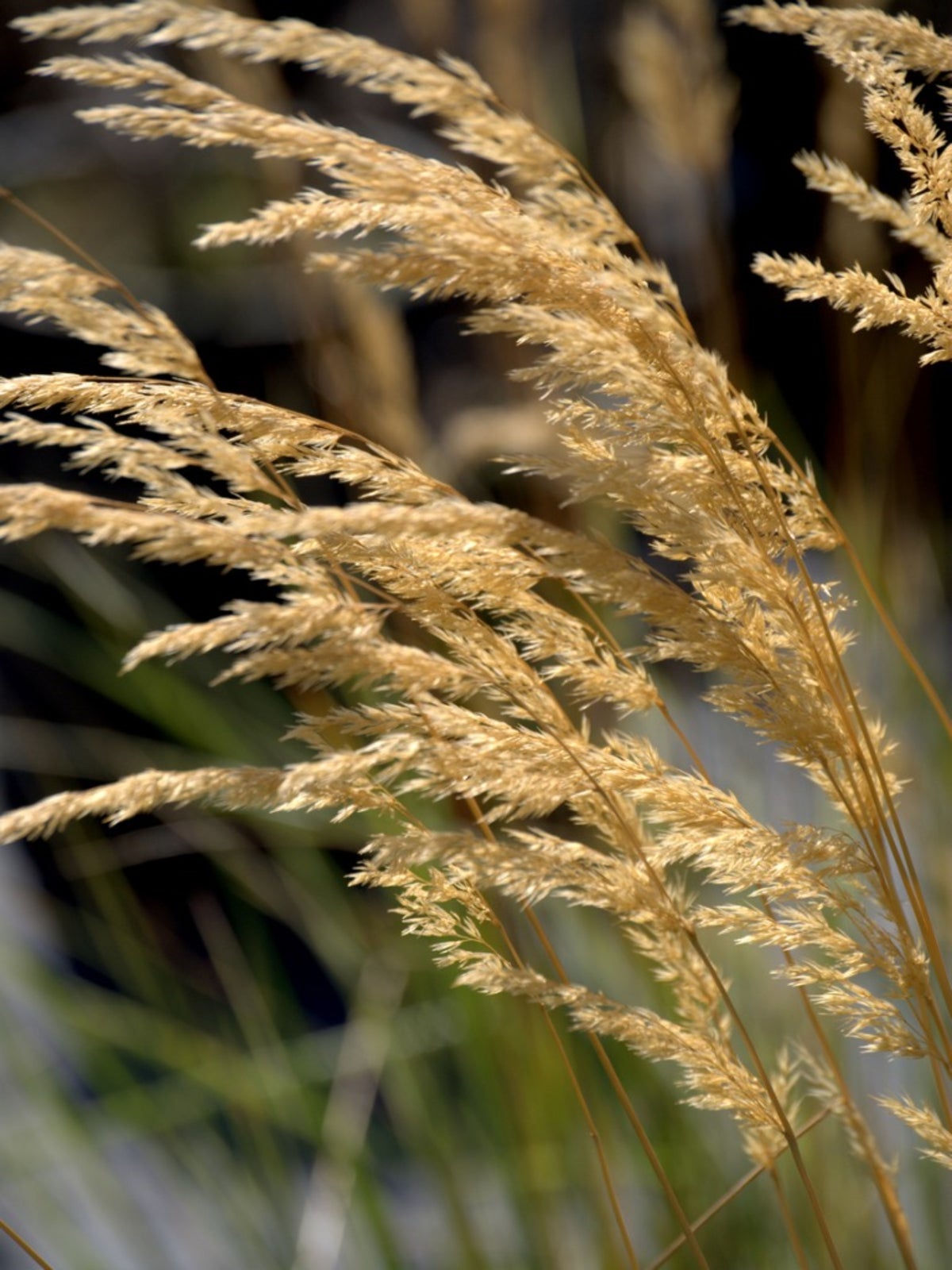Feather Reed Grass ‘Avalanche’ – How To Grow Avalanche Feather Reed Grass

Ornamental grasses are popular in landscaping and home gardens because they provide vertical interest, varied textures, and an exotic element to beds and walkways. Hardy from zones 4 to 9, avalanche feather reed grass (Calamagrostis x acutiflora 'Avalanche') is a showy choice with stunning plumes and great height.
About Feather Reed Grass ‘Avalanche’
Feather reed grass is a group of nearly 250 species of ornamental grasses that are native to wet and temperate regions. They form dense clumps of grass that stand perfectly upright, and they produce flower stalks and plumes in the summer. ‘Avalanche’ is a cultivar of a hybrid species of feather reed grass that is native to Europe and Asia. When growing avalanche grass, expect the tight clumps to grow to 18 to 36 inches (46-91 cm.) in height and then to reach as high as 4 feet (1 m.) as the flower plumes reach their maximum summer height. These grasses are called feather reed because the plumes are soft and feathery. The leaves of ‘Avalanche’ are green with a white stripe down the center, while the flowers are pinkish green.
How to Grow Avalanche Feather Reed Grass
Avalanche feather reed grass care is simple and easy for most gardeners to maintain. Choose a spot with full sun and average to rich soil that is moist. This grass likes water, so it is especially important to water deeply during the first season you have it in the ground. This will help it establish deep roots. Even after the first growing season, water your feather reed grass during the hottest and driest parts of the year. In late winter, before the new shoots start poking through the ground, cut your grass down to the ground. Care for growing Avalanche grass is easy enough, and if you have the right moisture and climate conditions, this can be a largely hands-off perennial. Use it as the backdrop for shorter flowers and perennials, almost like a shrub or hedge. You can also use it in front of taller garden elements, like trees, or along walkways and borders to add visual interest and texture.
Gardening tips, videos, info and more delivered right to your inbox!
Sign up for the Gardening Know How newsletter today and receive a free copy of our e-book "How to Grow Delicious Tomatoes".

Mary Ellen Ellis has been gardening for over 20 years. With degrees in Chemistry and Biology, Mary Ellen's specialties are flowers, native plants, and herbs.
-
 Looking For Plants To Give You The Soft And Fuzzies? Try These 5 Fuzzy Leaf Plant Options
Looking For Plants To Give You The Soft And Fuzzies? Try These 5 Fuzzy Leaf Plant OptionsLovers of texture, drama, silver foliage and tactile plants will adore these special sensory garden additions. These fuzzy leaf plant options will leave you all aglow
By Susan Albert
-
 Get Ready For A Summer Of Hummers! Grow These Full Sun Hummingbird Plants and Flowers
Get Ready For A Summer Of Hummers! Grow These Full Sun Hummingbird Plants and FlowersIf you’re lucky enough to enjoy a sunny backyard, make sure you are maxing out on your pollinator opportunities and grow these full sun hummingbird plants and flowers
By Tonya Barnett
-
 Korean Feather Reed Grass Info – Learn How To Grow Korean Reed Grass
Korean Feather Reed Grass Info – Learn How To Grow Korean Reed GrassFor a real jaw dropper, try growing Korean feather grass. This narrow clumping plant has architectural appeal combined with soft, romantic movement via its flower-like plumes. If your interest is piqued, click here for more Korean feather reed grass info.
By Bonnie L. Grant
-
 Overdam Feather Reed Grass Info: How To Grow Overdam Grass In The Landscape
Overdam Feather Reed Grass Info: How To Grow Overdam Grass In The LandscapeOverdam feather reed grass is a cool-season, ornamental clumping grass with attractive, variegated blades of bright green striped with white streaks. Click here to learn more about how to grow Overdam grass and how to care for feather reed grass Overdam plants.
By Liz Baessler
-
 Karl Foerster Feather Grass Info – Tips For Growing Karl Foerster Grass
Karl Foerster Feather Grass Info – Tips For Growing Karl Foerster GrassKarl Foerster feather reed grass is an excellent specimen around ponds, water gardens, and other moisture-laden sites. Some tips on how to grow Foerster feather grass will have you on your way to enjoying this versatile plant in your garden. Click here to learn more.
By Bonnie L. Grant
-
 What is Eldorado Grass: Learn About Growing Eldorado Feather Reed Grass
What is Eldorado Grass: Learn About Growing Eldorado Feather Reed GrassEldorado grass is a stunning ornamental grass with narrow, gold-striped leaves. Feathery pale purple plumes rise above the plant in midsummer, turning a rich wheat color in fall and into winter. Looking for more Eldorado feather reed grass information? Click here.
By Mary H. Dyer
-
 What Is Feather Reed Grass: Tips For Growing Feather Reed Grass
What Is Feather Reed Grass: Tips For Growing Feather Reed GrassOrnamental grasses provide amazing texture, motion and architecture to the landscape. Feather reed ornamental grasses are excellent vertical interest plants. What is feather reed grass? Find out here.
By Bonnie L. Grant